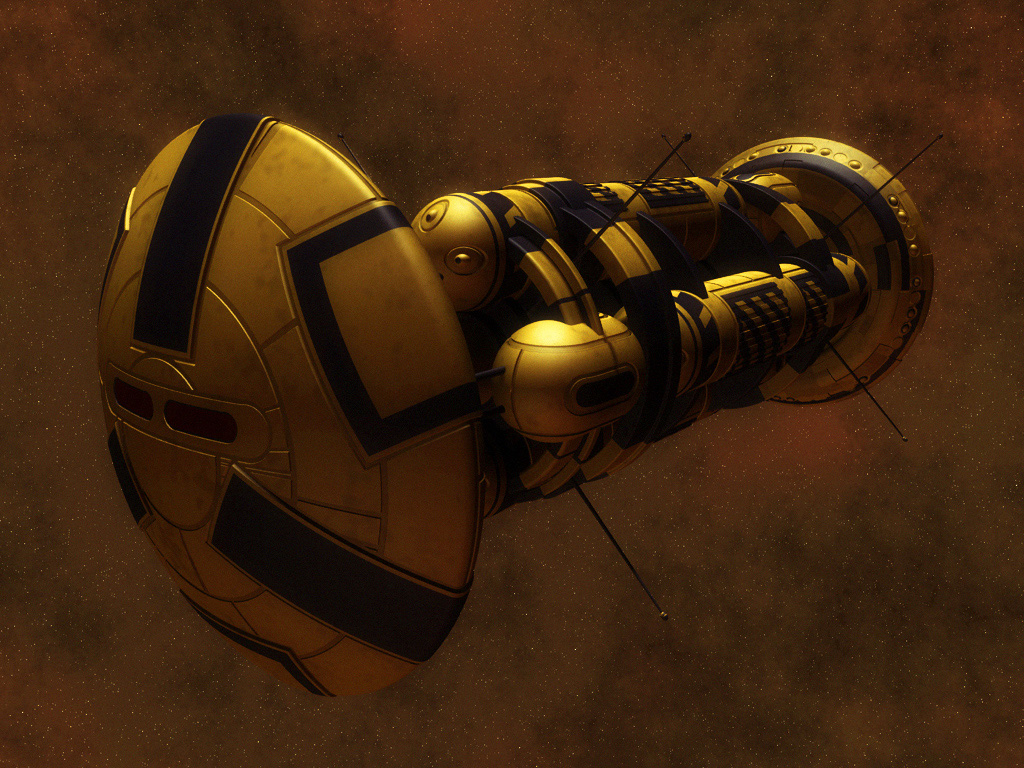
Aqsis started many years ago as a means to itch a scratch I had. I was fascinated by the concept of programmable shaders in CGI, in particular Pixar’s RSL. As a programmer, and frustrated artist, I always lean towards procedural content creation in art, as I can code and understand code far better than I can work a pencil or paintbrush (or indeed a mouse). Alongside the programmable shading, the idea of generating and modifying actual surface details through code was, to me, very exciting. Pixar’s RenderMan, based on the REYES rendering system, allowed small programs written in RSL to be assigned to various elements of the scene, including to actually change the underlying geometry with real displacement, a capability no other renderer had at the time. The image above, contributed by Vikram Mulligan, is an example of this power, the underlying geometry is deceptively simple, just geometric primitives, the surface detail and colour all provided by shaders.
However, at the time, 1990-ish, RenderMan was not available to the common man, so I decided to have a go at creating my own so that I could experiment with this exciting concept. From these humble roots grew the biggest personal project I’ve ever worked on, involving people from around the globe and achieving recognition I hadn’t ever envisioned. The Aqsis project was accepted into the Google Summer of Code multiple times, and has been used as an educational tool as well as a production rendering solution through its lifetime. It also let me to Ian Stephenson, who approached me to contribute to the book “Production Rendering: Design and Implementation”.
Now, sadly, largely overtaken by more modern rendering techniques enabled by advancing hardware capabilities, Aqsis still stands as a great codebase for learning about core graphics principles and software architecture practices.
The home of the project is here

